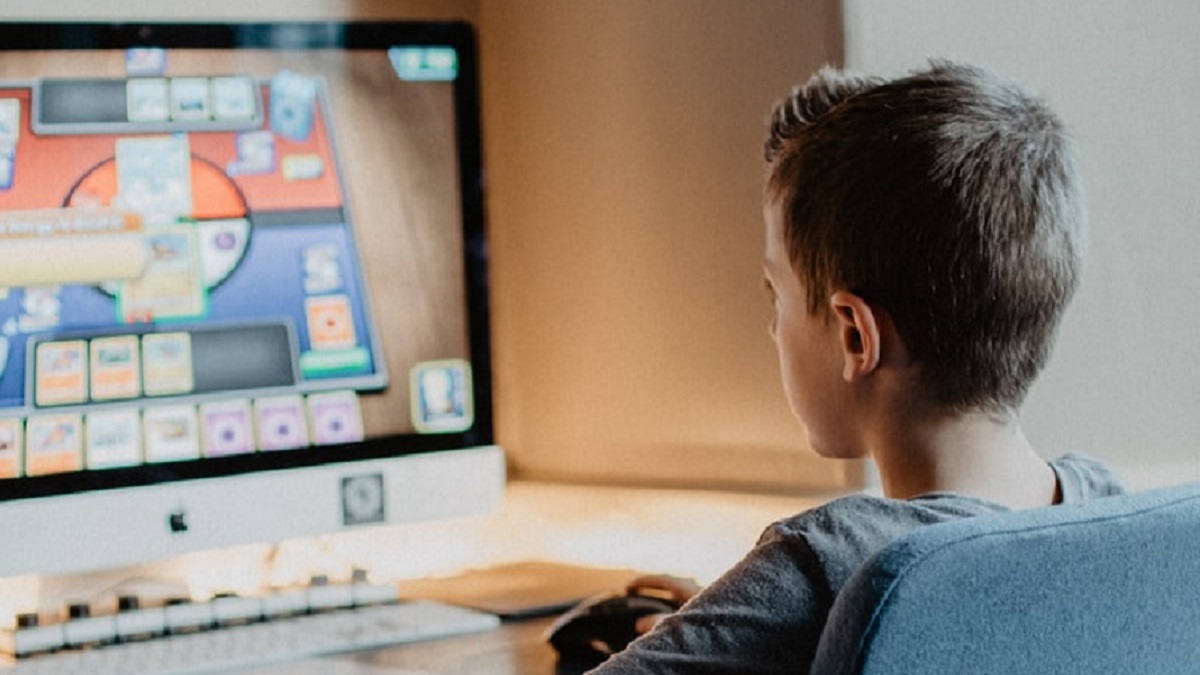Education and entertainment have been coming together to engage and interest children for decades, and as technology has forged ahead, it has also played a significant part in this process. As a result, the catalogue of content and products available to children and youth today has grown from broadcast TV to increasingly interactive digital content, including hundreds of apps, dedicated edtech platforms, and of course games. But how effective are games when it comes to helping children learn and where do we currently stand?
The dawn of the age of screens
As screens have become more prevalent in our homes and schools, so has children’s use of them – and in turn of educational media specifically. According to Ofcom’s latest data, 86% of UK’s children aged 8-15 use educational websites and apps recommended by their teachers.
“86% of UK’s children aged 8-15 use educational websites and apps recommended by their teachers”
However, engagement with educational media is known to decrease with age, with early childhood being a sweet spot’ (the Joan Ganz Cooney Centre found two to four-year-olds using it the most – just over an hour a day).
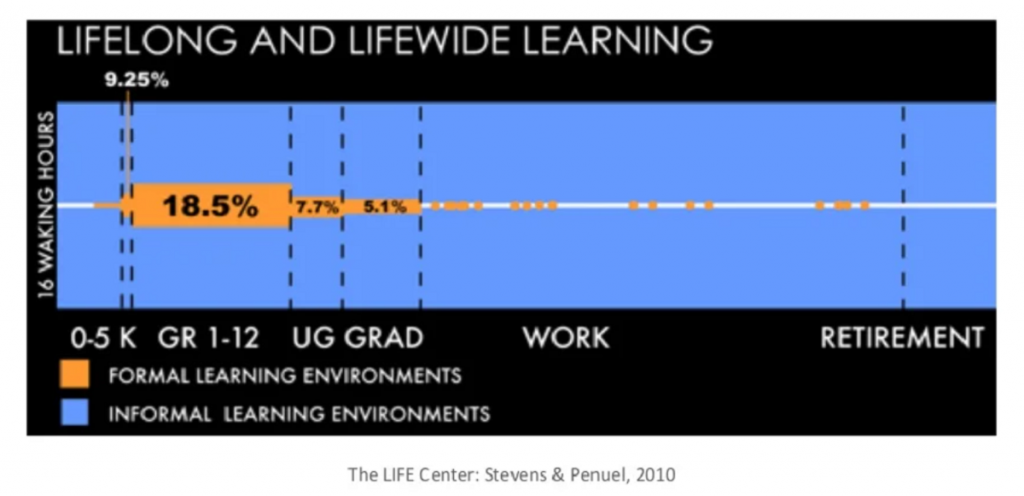
There are a number of possible explanations for this decrease. As children get older, they spend more time in formal education – both in class and doing homework – but also socialising, engaging with hobbies and with extracurricular activities. All this time and energy may have previously been spent on early extra educational activities. Older children and youth are also more difficult to create for – as they become more critical of content and develop individual preferences, content is no longer ‘one size fits most’.
Finally, some children simply reject anything perceived as ‘good’ for them. Consequently, much educational media today is targeted at younger children and when we think of older children’s educational media use, we often tend to think of classroom edtech.
Enter: video games
Estimated to be worth $180 billion in 2020 – according to Marketwatch – the games market is now more profitable than the global movie industry and American sports combined. Education is worth even more ($6 trillion in 2020 to be specific), with most spend focused on school-age children.
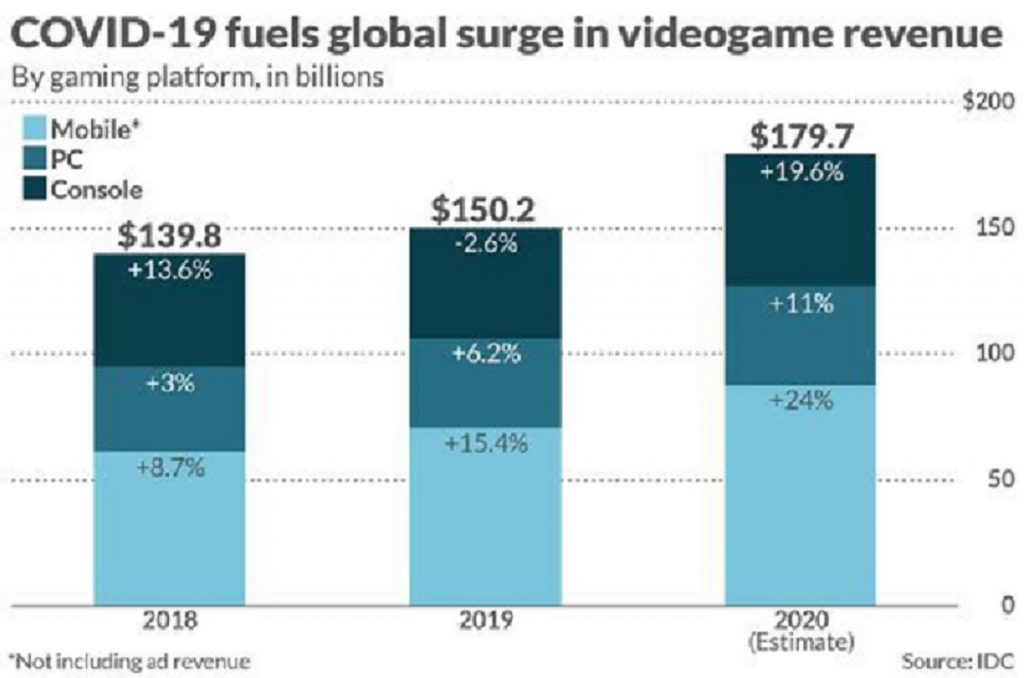
Of this, edtech specifically is an area of growth, in part due to the pandemic, with estimated revenues (from Research & Markets) exceeding $149 billion in 2020 and $183 billion in 2021. Education and technology are fast friends and not only is this relationship about necessity, accessibility, or preparing children for the future, it’s also about making learning more engaging, fun and immersive. For these reasons, gaming and gamification are making a clear mark within education.
“Education and technology are fast friends and not only is this relationship about necessity, accessibility, or preparing children for the future, it’s also about making learning more engaging, fun and immersive”
Learning through gaming: the evidence
Empirical studies confirm that games lend themselves to being a good medium for learning. They incorporate learning principles that allow knowledge and skills to be acquired, including interaction, practice and repetition, goal-setting and in some cases, feedback.
They’re enjoyable and therefore engaging and motivating – which positively impacts educational achievement. Further, well-designed games offer a personalised learning experience through level-based progression, instruction, and scaffolding. They often promote soft skills too, such as creativity, technological thinking and teamwork.
There are some conflicting opinions over which topics or scenarios are best suited to games, however. Language learning is particularly suited to the gaming environment, due to its immersive and often social nature, whereas sciences are sometimes considered too complex for the digital space alone. Other topics that have shown promising outcomes include history, even based on playing such popular titles like Civilization.
Nonetheless, regardless of topic, games work best when backed up with instructional support and scaffolding, preferably with a real-life skilled educator – allowing digitally acquired knowledge to transfer into real-world contexts.
“Games work best when backed up with instructional support and scaffolding, preferably with a real-life skilled educator”
Gaming & education: 2021 and beyond
Applications of gaming can simply be categorised as gamification within edtech, or games as a medium for learning more broadly. And in terms of edtech, virtually all of today’s biggest players include gamification in their core features.
Well-known platforms such as Mathletics, Khan Academy, or Kahoot, are built around quizzes, competitions, challenges and rewards. These game-like features allow children of a variety of ages to engage with the curriculum in a way that is interactive and motivating, as repeated practice and feedback promote efficient learning.
Looking forward, one company really taking edtech by storm is BYJU’s Future School For Kids. Beyond a gamified digital approach, BYJU’s includes video-based instruction and physical products, creating a more all-round educational solution, increasing interactivity and bridging the gap between the screen and the real world.
And it clearly works – the 12th largest unicorn company in the globe was reported by Techcrunch in December to be valued at around $21 billion as of November 2021, has over 100m ‘freemium’ users, and boasts 6.5 million paid subscribers. It also acquired Tynker this year, a known coding platform, and has paired up with Disney to roll out a US-exclusive early learning app.
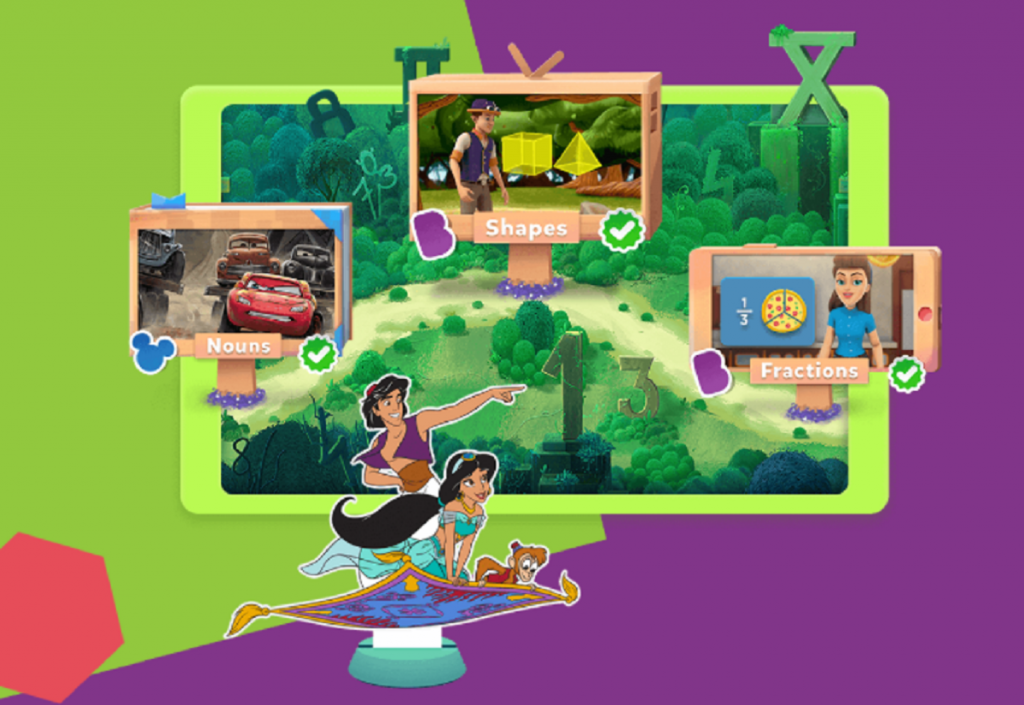
Evidentially educational
But where is educational gaming happening? Here we turn to Minecraft and Roblox, two of the titles among children in the ‘sandbox’ game genre. Both games are available across multiple platforms, promote free play and foster aforementioned soft (or 21st century) skills, allowing children to play imaginatively and to create their worlds through coding. As such, these games also offer a myriad of opportunities as platforms for learning.
These opportunities are not going unnoticed by developers. Minecraft has an Education Edition which features over 600 expert-built lessons for the classroom and home, tackling a wide range of subjects, from maths and computer science, to equity and inclusion. Notably, Microsoft made the Education Edition free for educators and students during the pandemic.
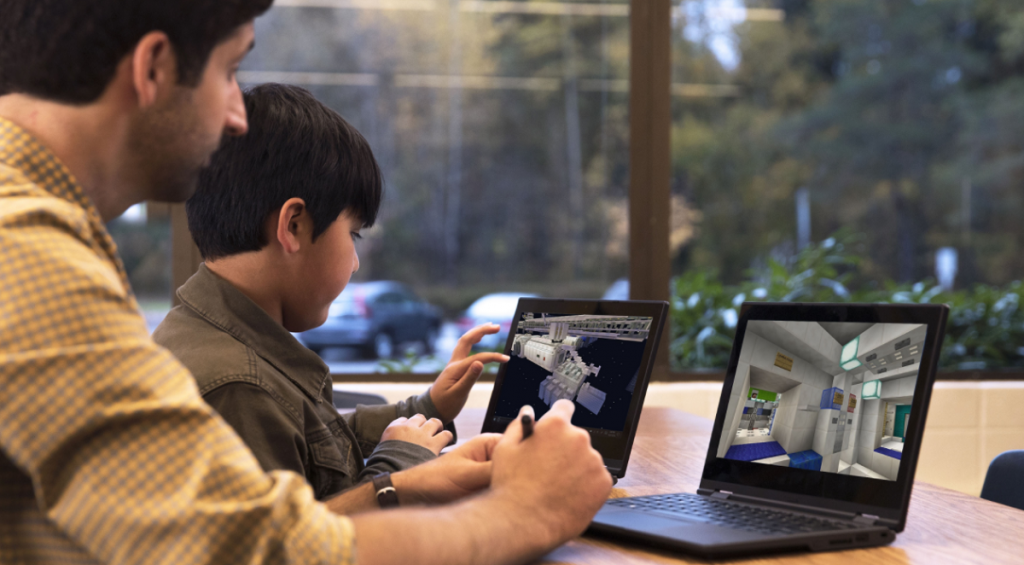
Today, there is evidence to support the usefulness of the game in the classroom, from countless case studies on the website, documenting the stories of teachers around the world as they use Minecraft to better work with their English as a Second Language (ESL) students or create cross-curricular lessons and experiences, to a growing database of white papers and academic research.
There is evidence to support the usefulness of the game in the classroom, documenting the stories of teachers around the world
Roblox has also been making headlines for its initiatives. Having previously teamed up with over 170 educators from 35 countries to discuss applications for the game, the platform powered up its approach during the pandemic, releasing webinars, guides and ready-made lesson plans for teachers on how the game can be used.
Although to date Roblox has been more focused on coding, the game’s potential benefits to soft skills cannot be overlooked either. In addition, in 2021 Roblox launched a $10 million edu-game fund to support partners who integrate Roblox Studio into STEM-focused curriculum and educational games for children aged 8+.

Supplement, not substitute
There is absolutely no doubt that education, gaming, and the relationship between them will continue to evolve. With edtech a growing industry, we can expect further integration of gamification as platforms compete for children’s engagement. However, it needs to be noted that the most successful platforms are those designed to be successfully integrated alongside classroom-based instruction, or – like BYJU’s – come up with their own ways of taking learning beyond on-screen quizzes.
The most successful platforms are designed to be successfully integrated alongside classroom-based instruction
Similarly, gaming itself has shown a lot of potential too. Sandbox games are not the only games that can be educational, but they can be considered today’s frontrunners, owing to the freedom the genre offers and studios’ embrace of education as an avenue to dive into.
Gaming will not replace teachers or classrooms, but when designed and integrated well, games can be a wonderful tool to enrich learning – and there is much more that we can still do.
Gaming will not replace teachers or classrooms, but when designed and integrated well, games can be a wonderful tool to enrich learning
Further innovation is always around the corner, and we’re eager to see what 2022 will bring in the space of augmented and virtual reality, which only further the potential for interactivity and immersive learning, enabling students to explore the surface of Mars before diving into a diamond to examine its structure from the inside out…
Aleks Szczerba is a Researcher at Kids Industries, where she develops insight-led recommendations for world-class businesses that need to engage children and families. Szczerba has successfully delivered a number of projects exploring young people’s engagement in digital interactivity, in particular for LEGO, Magic Light and Spin Master.



























